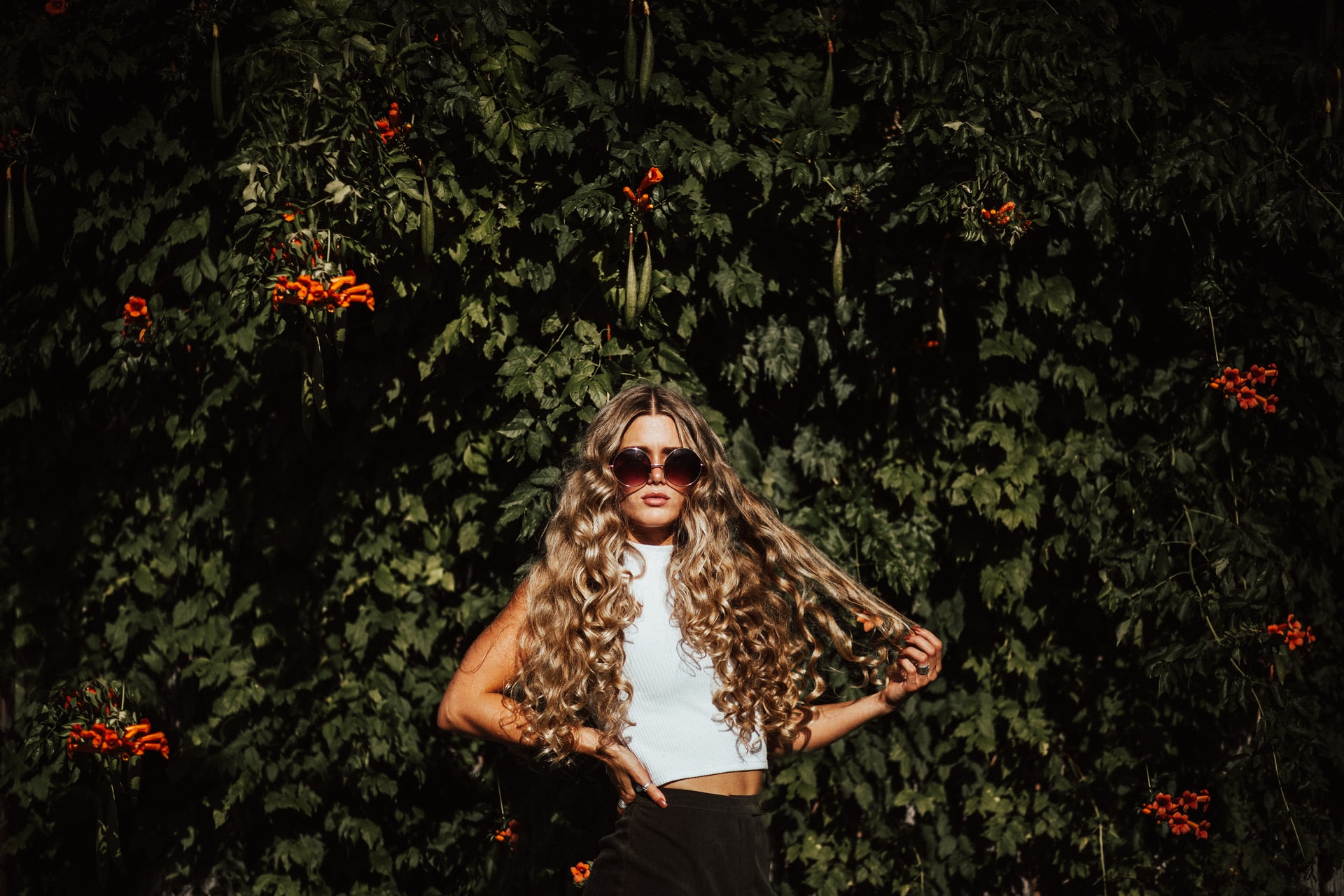
Best Hair Extension for Hair
Long, luscious locks will always be stylish, but not everyone is blessed to have that mermaid-length hair. Thankfully, it’s not necessary that you’re only genetically predisposed to have long, luxurious hair. While it was once considered to be a privilege of celebrities, many people now turn to hair extensions to help them have those Rapunzel-like locks. However, among so many options out there, it can be quite difficult to choose hair extensions that are best for your hair.
If you want to give it a try, here you can explore different types of hair extensions, and find the ones that will work best for your hair.
What are the best hair extension types?
When shopping for the best hair extensions, you should have several factors in mind. First, you need to make sure that hair extensions aren’t synthetic, but that they’re made from natural hair, so you can apply heat to them, and therefore style your hair.
Next, pay attention to how long hair extensions last. You can either opt for permanent hair extensions staying in your hair for several months, semi-permanent ones lasting for 6 to 8 weeks, or temporary ones that can easily be clipped in your hair on a daily basis. Another factor to have in mind is the method in which they’re applied, where you can choose from clip-ins, tape-ins, sew-ins, and other types of hair extensions.
However, the greatest way to choose the best hair extensions is to pick the ones best suited for your hair type.

Clip-in extensions
Clip-in hair extensions, also known as clip-in wefts, are the most affordable and easiest to use hair extensions. Clip-ins are hair extensions that are the safest to use, you can put them on by yourself in just a matter of seconds. To apply them correctly, you need to place pressure-sensitive clips in your hair, just beneath the root.
As opposed to their permanent counterparts, clip-ins are used without any chemicals or heat, so your hair remains undamaged. Also, it’s not necessary to wear them at all times, you can simply clip in additional volume and length in order to create a luscious, lengthy, thick ponytail. These hair extensions are great for temporarily fixing your hairstyle for special occasions, but to avoid damaging your natural hair, you mustn’t forget to remove them before going to bed.
Most people use clip-in extensions as temporary solutions to decide if those extensions suit them before choosing permanent ones.
Tape-in extensions
Tape-ins are popular hair extensions in which wefts of hair are attached to sections of your natural hair by using double-sided or single-sided tape. As opposed to clip-ins, tape-in extensions need to be attached by a professional hairdresser who makes sure that the process runs as smoothly and safely as possible.
This is a great choice for people with fine or thin hair types since the tape is practically indistinguishable. Tape-ins don’t damage your hair as long as you attach and remove them accurately. To ensure that the tape won’t slip, you need to stay away from applying silicone or oil-based products at the root of your hair. With this method, tape-ins can be reused, and the process of applying them is very quick, lasting around one hour.
Sew-in extensions
Sew-in hair extensions, also referred to as a weave, are one of the older types of hair extensions. This method includes the process of braiding your natural hair, and then hand-sewing sections of extensions into it.
By using a needle and thread, sew-ins are then fastened into the braid or cornrow of your natural hair. It’s not needed to use heat or glue for this process, and the hair is reusable. But, for this type of extension, you need to visit the hairdresser every 4 to 6 weeks to tighten up the braids. Sew-in hair extensions are for coarse, curly, or thick hair types since these extensions tend to be heavy and can damage thin hair.
Hopefully, with this article, you’ve gained some insight into different hair extension types which will help you choose the best option for your hair.
